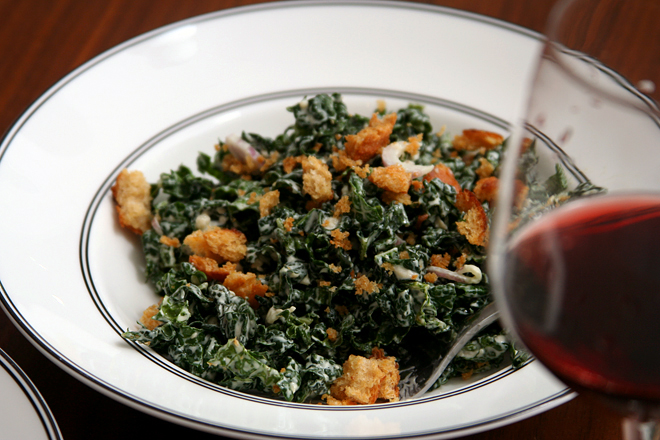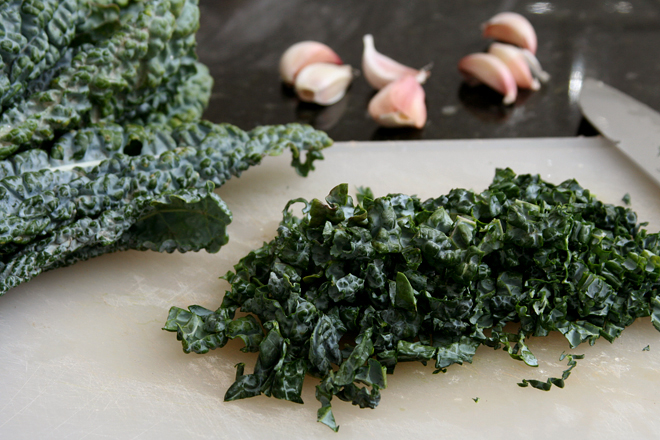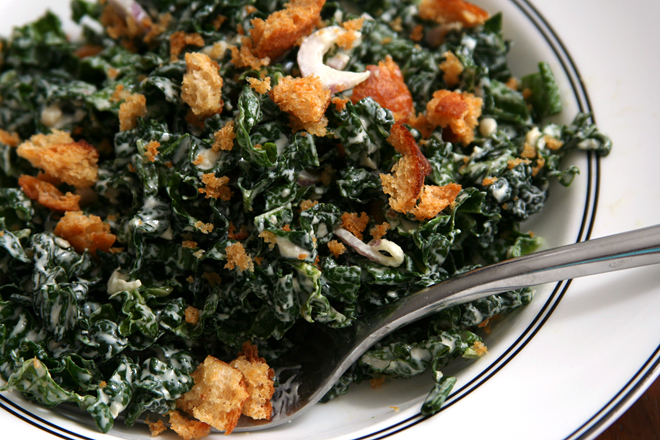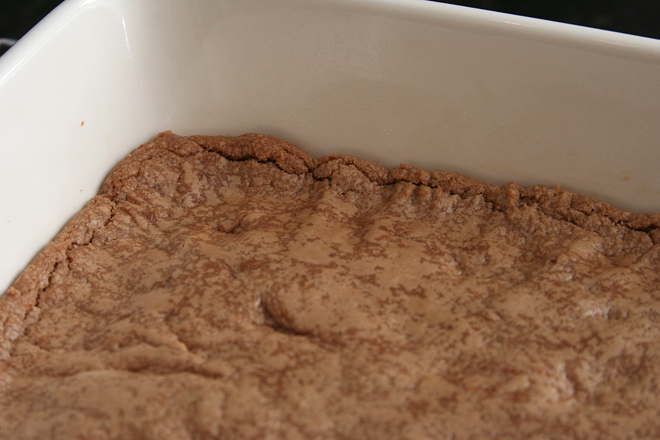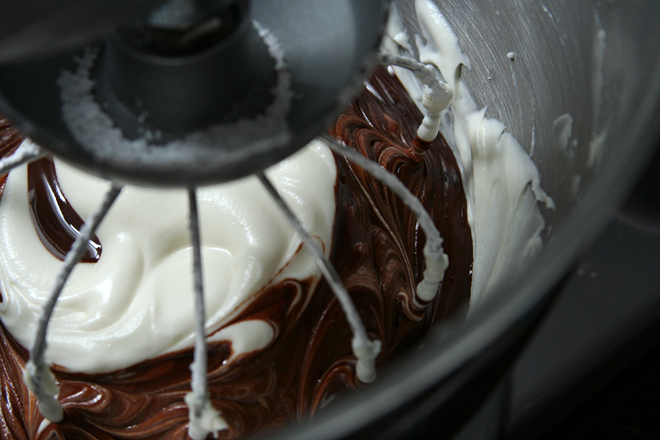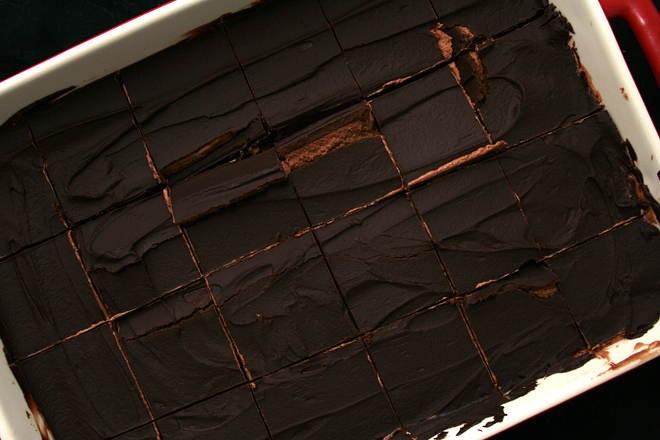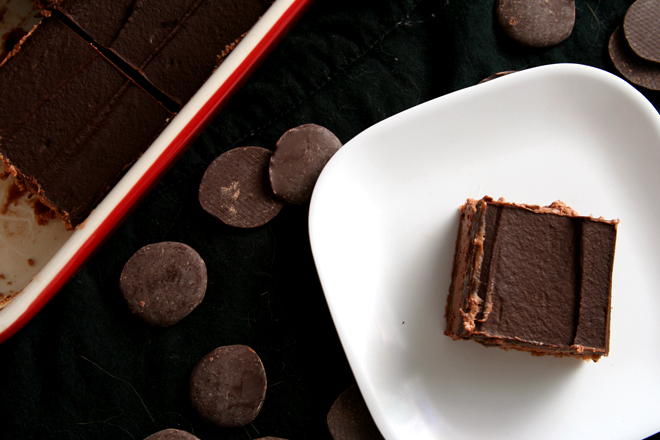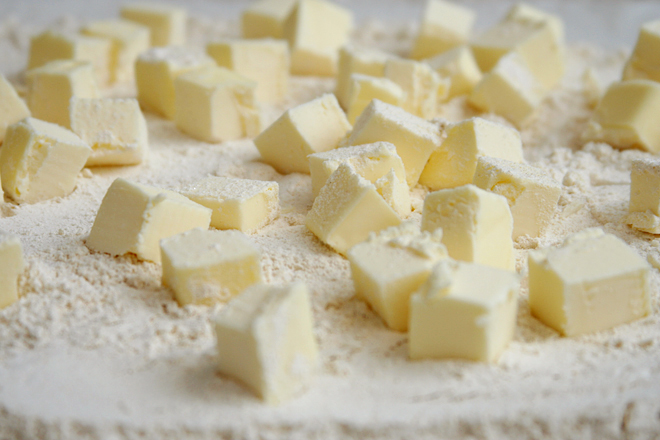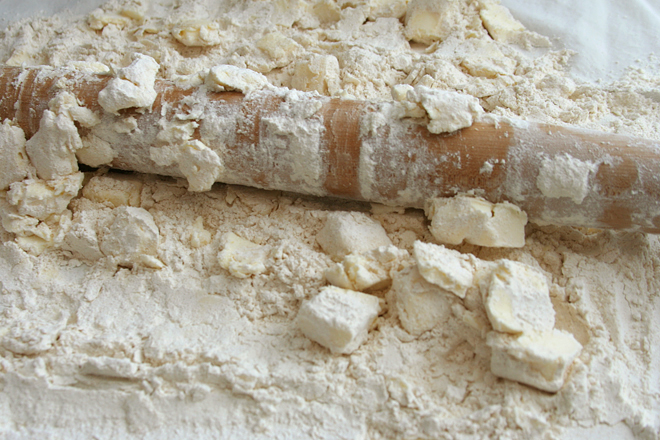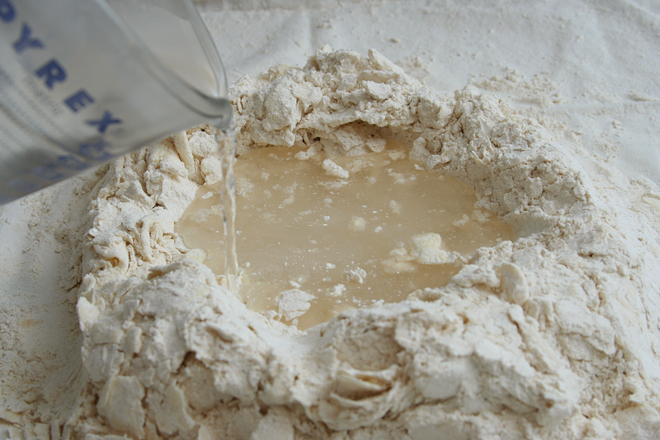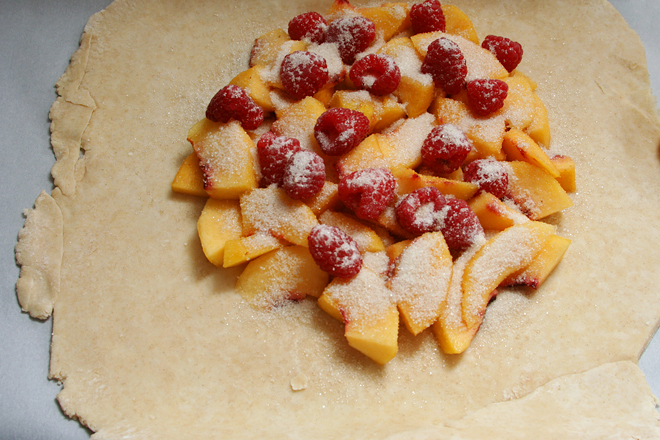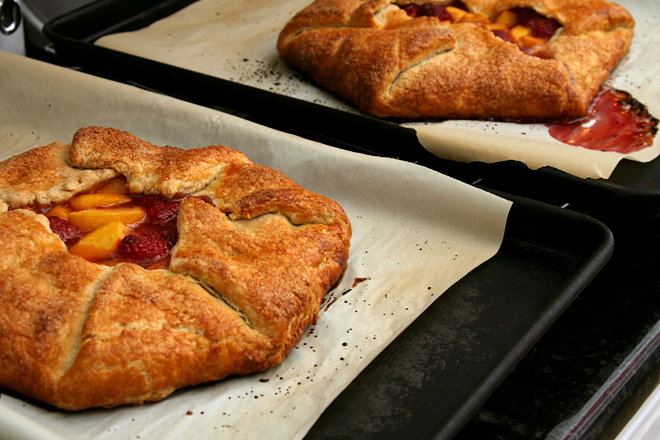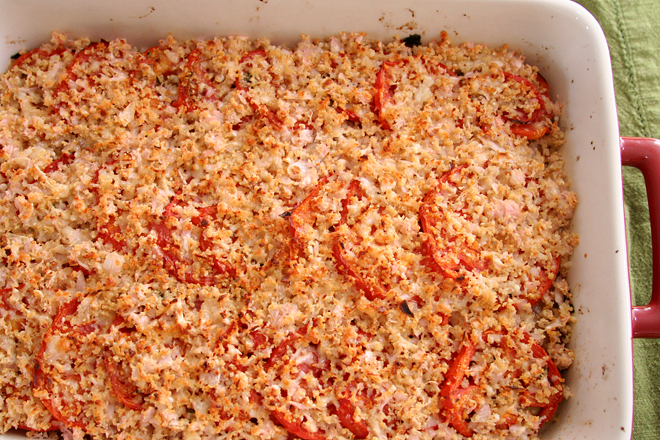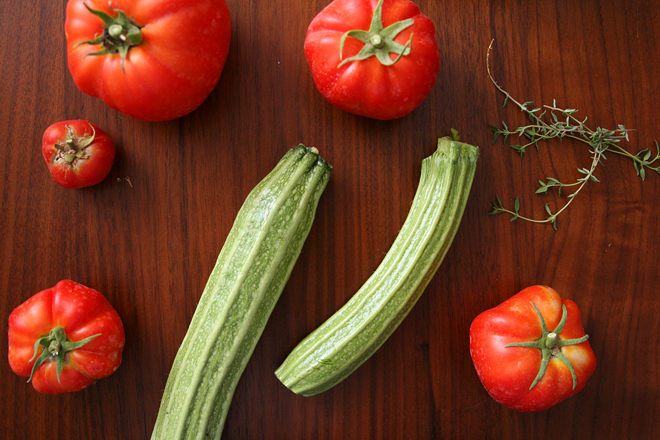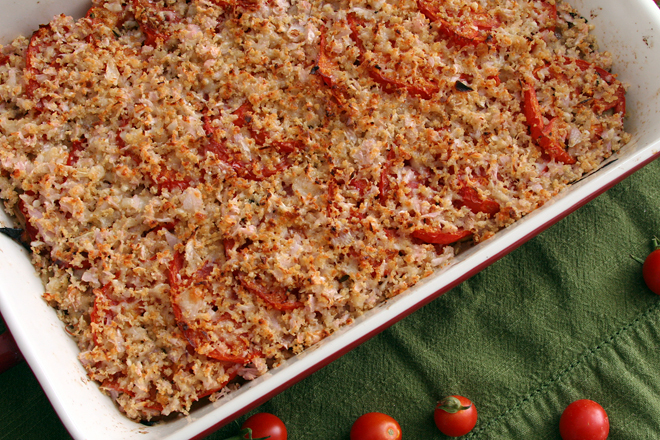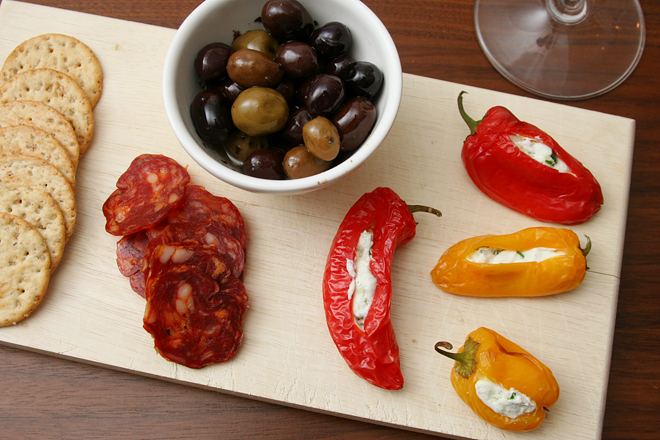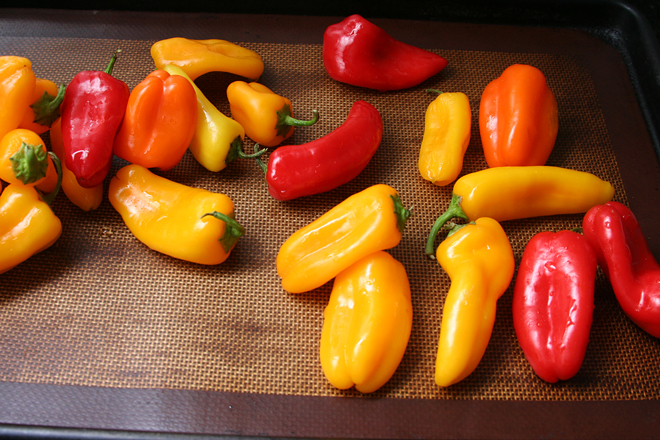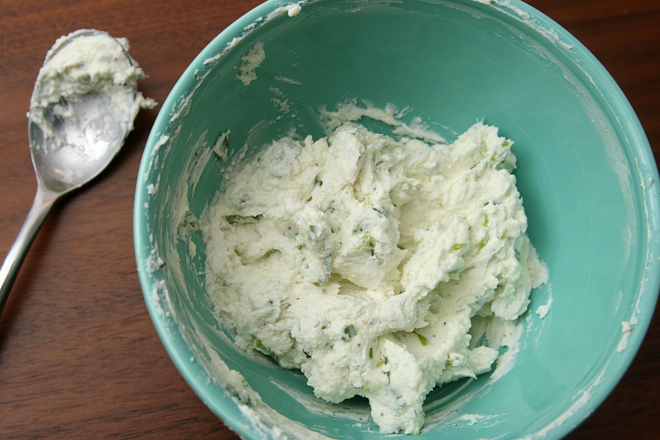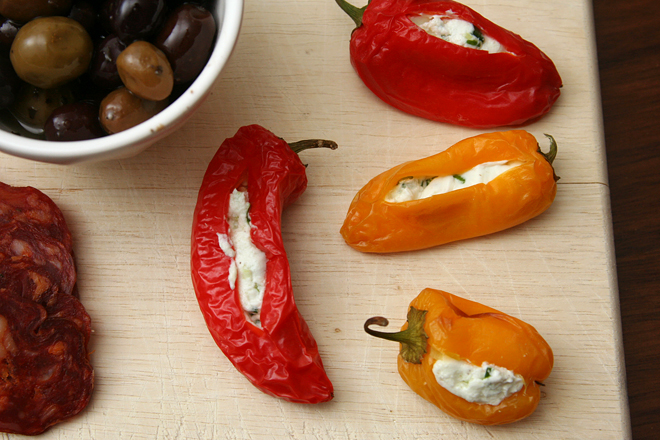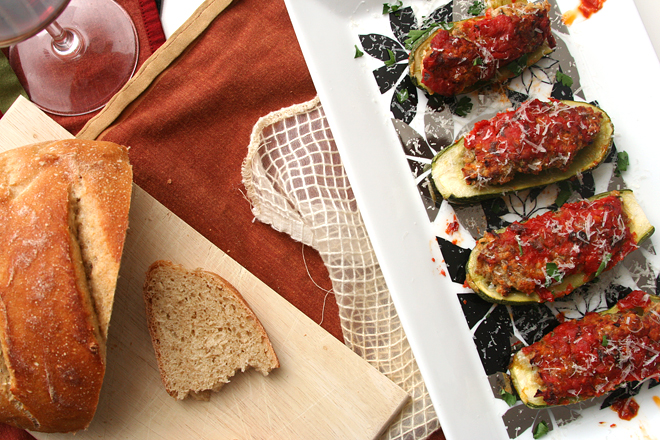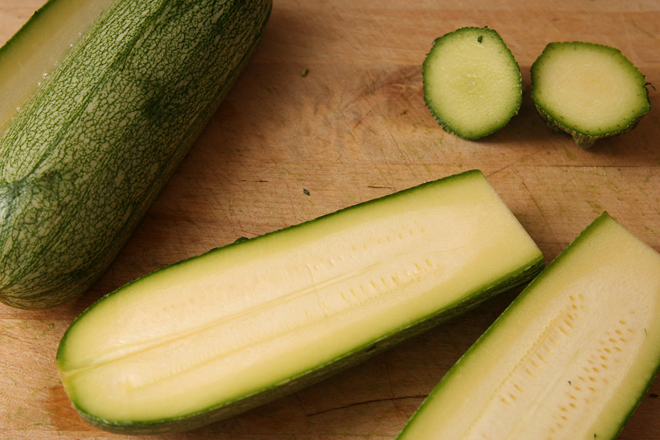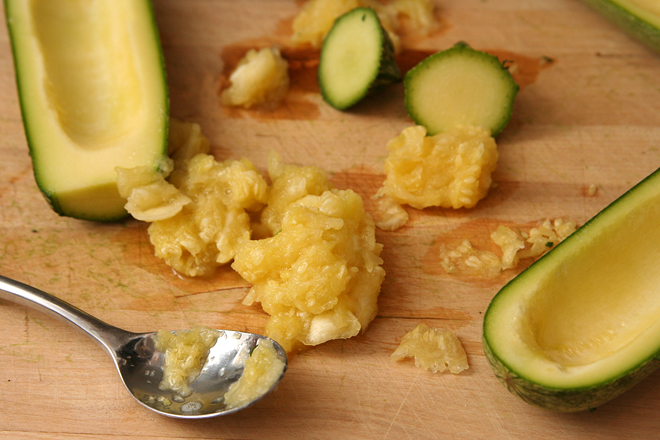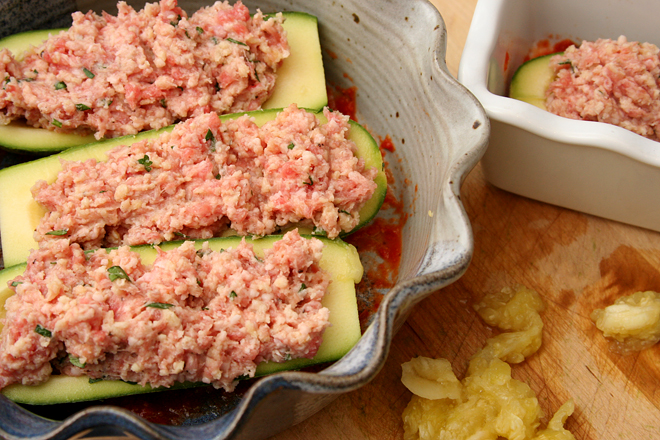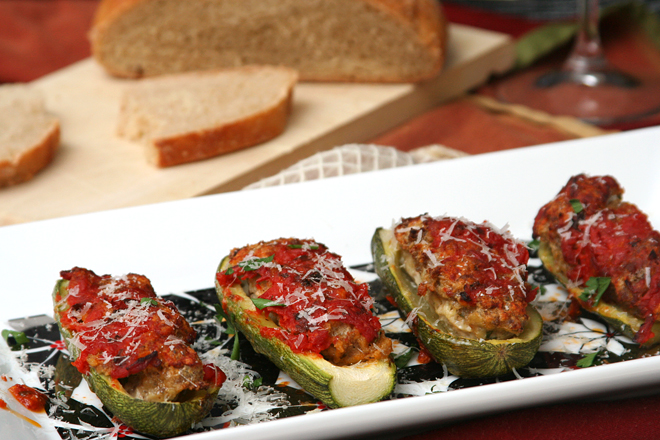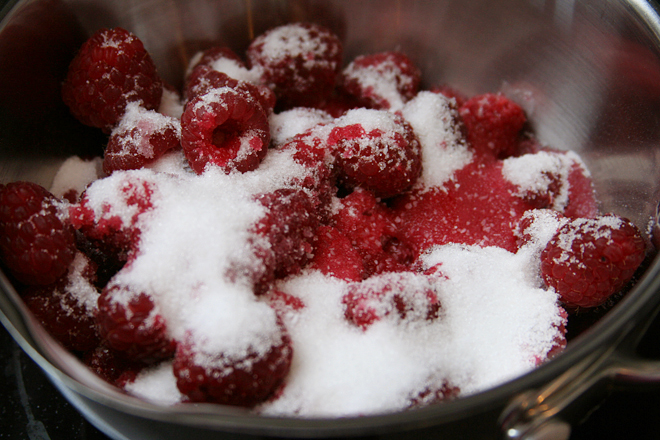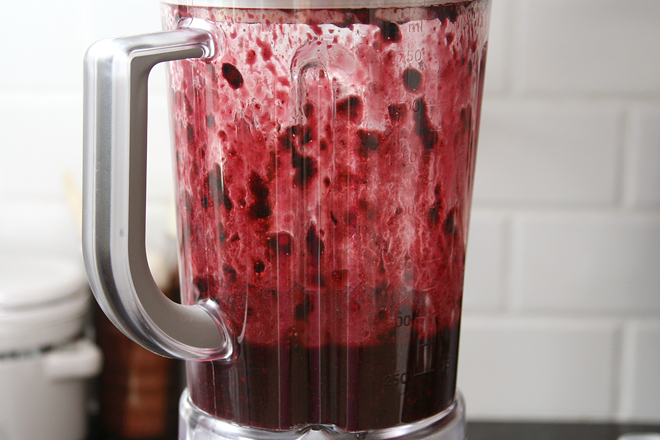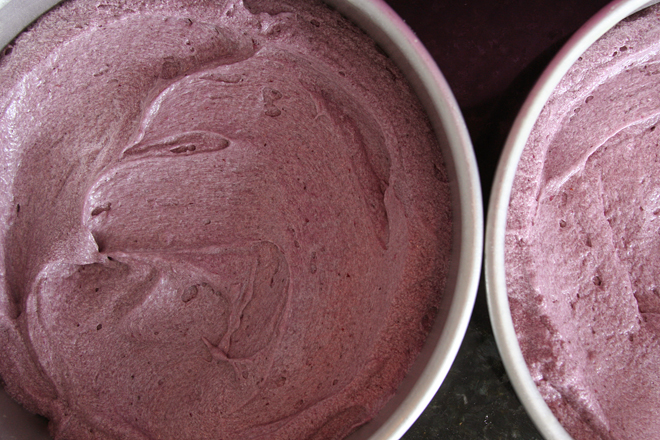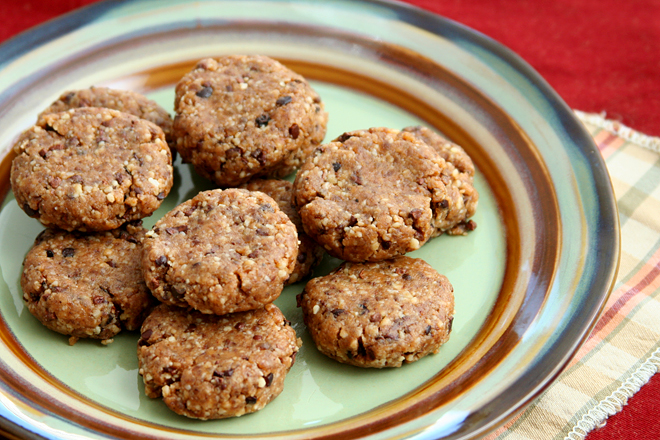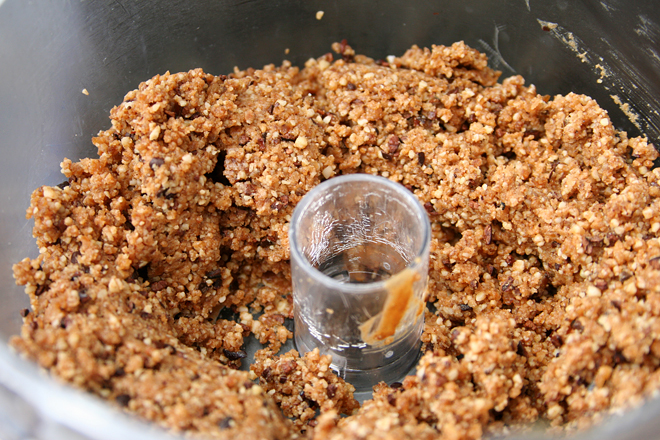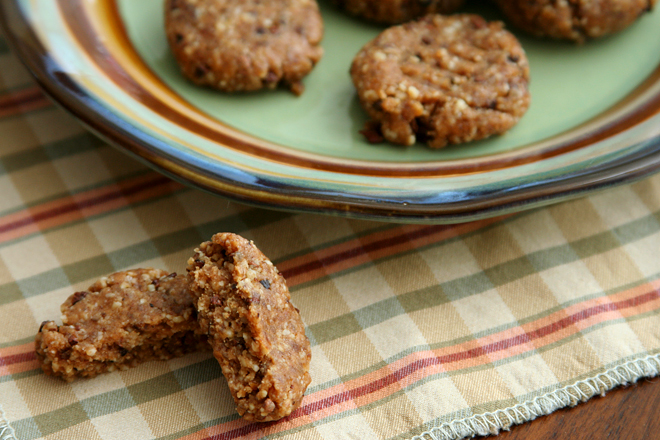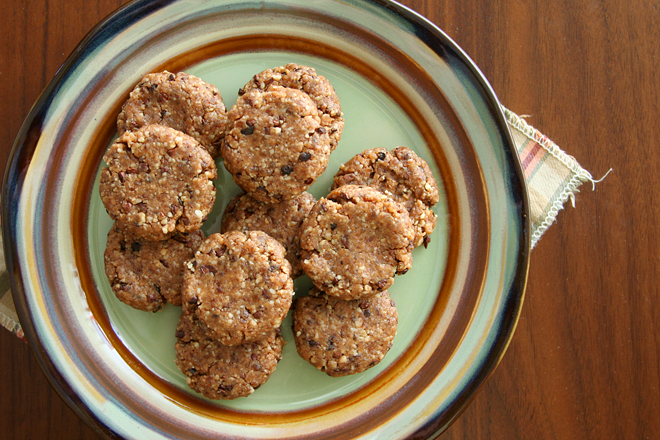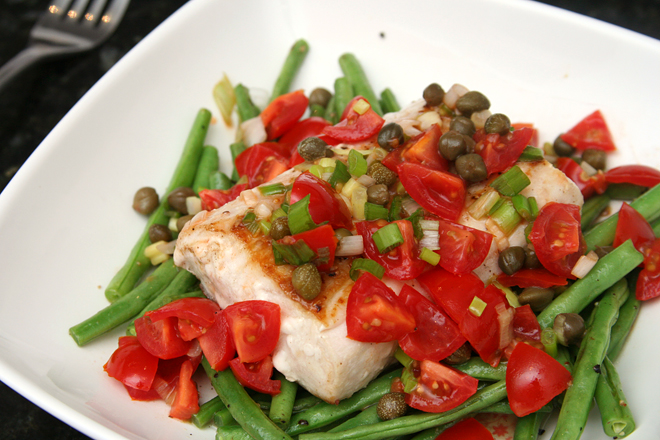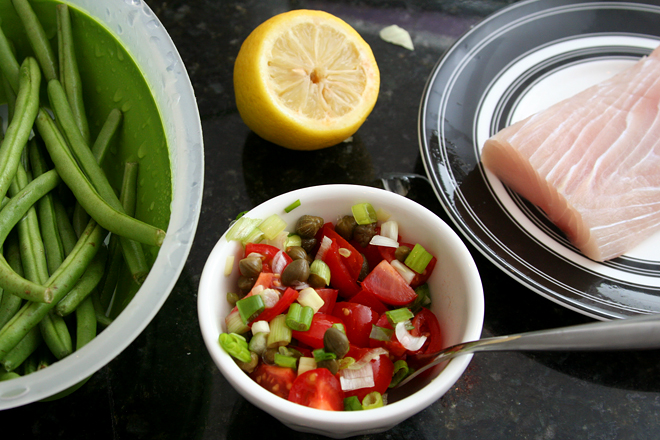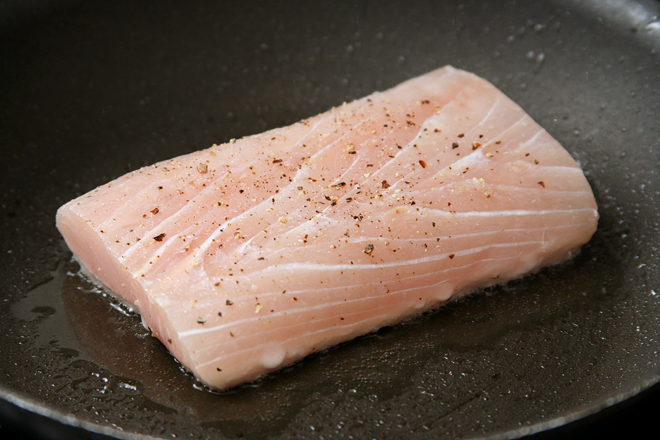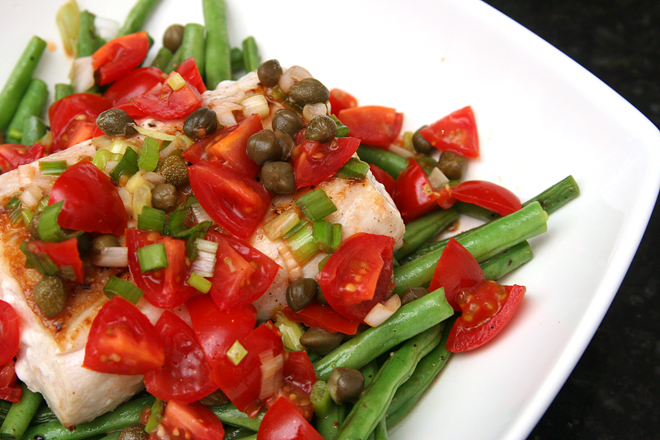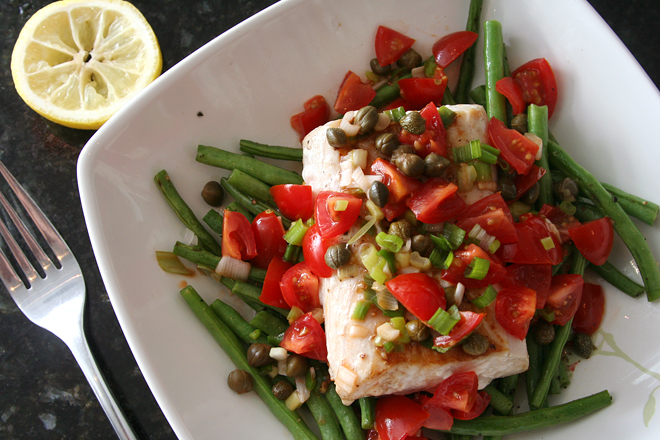Dave and I have a friend who we affectionately refer to as Crazy Running Guy. He’s training for a marathon right now, which means he’s running upwards of 80 miles per week. He ran the Boston marathon several years ago (thankfully not the year of the bombing) and was deeply disappointed by his time of 2 hours and 40 minutes.
It’s not unusual for us to invite him over for dinner on Saturday, and he and Dave will hang out at the bar in the kitchen while I cook…and cook…and cook some more. We’ll eat tiny servings of five or even seven different courses. Sometimes I have some prep done ahead of time and get to relax a bit, but other times, I spend almost the whole evening on my feet, except when I’m eating. I’m enjoying myself, and no one else seems disturbed that I’m cooking more than socializing.
He isn’t much into cooking, but in a strange way, I feel like he gets me. He’s our Crazy Running Friend; I’m his Crazy Cooking Friend. Which, when you think about it, is a good match, right? Fortunately, he isn’t picky and eats almost anything I throw at him. He didn’t seem fazed at all by kale caesar salad. He didn’t get any wine though, due to a tough run planned for the next day. No wine? I definitely prefer being crazy about cooking instead of running.
Printer Friendly Recipe
Kale Caesar Salad (slightly adapted from The Food Lab)
4 to 6 servings
As always, I substituted Greek yogurt for a portion of the mayonnaise.
1 pound (about 2 bunches) Tuscan, tough stems removed, leaves roughly chopped (about 4 quarts loosely packed leaves)
4 tablespoons extra-virgin olive oil, divided
5 ounces hearty bread, roughly torn into 1-inch pieces
Kosher salt and freshly ground black pepper
⅔ cup mayonnaise
6 anchovy filets, minced
1 medium clove garlic, minced (about 1 teaspoon)
1½ ounces (about ¾ cup) Parmigiano-Reggiano, finely grated
2 teaspoons Worcestershire sauce
2 tablespoons juice from 1 lemon
1 small white onion or 2 shallots, finely sliced
1. Place a rimmed baking sheet on the middle rack of the oven and heat the oven to 400 degrees. In a large bowl, combine the kale and 2 tablespoons of the oil. Use your hands to knead the oil into the kale until the kale is dark green and slightly softened, about 2 minutes.
2. Transfer the bread, 1 tablespoon oil, and salt and pepper to taste to a food processor fitted with the metal blade. Pulse until the largest pieces of bread are about the size of a chickpea. Remove the preheated baking sheet from the oven. Add the remaining one tablespoon of oil to the pan, using a spatula to spread it evenly. Transfer the bread pieces to the pan. Bake until toasted, about 15 minutes, stirring once halfway through the baking time. Let cool slightly.
3. Add the mayonnaise, garlic, anchovies, worcestershire sauce, lemon juice, and parmesan to the empty food processor bowl. Process until smooth.
4. Add the onions, dressing, and half the bread pieces to the kale; stir to combine. Serve immediately, topping each serving with the remaining croutons.
